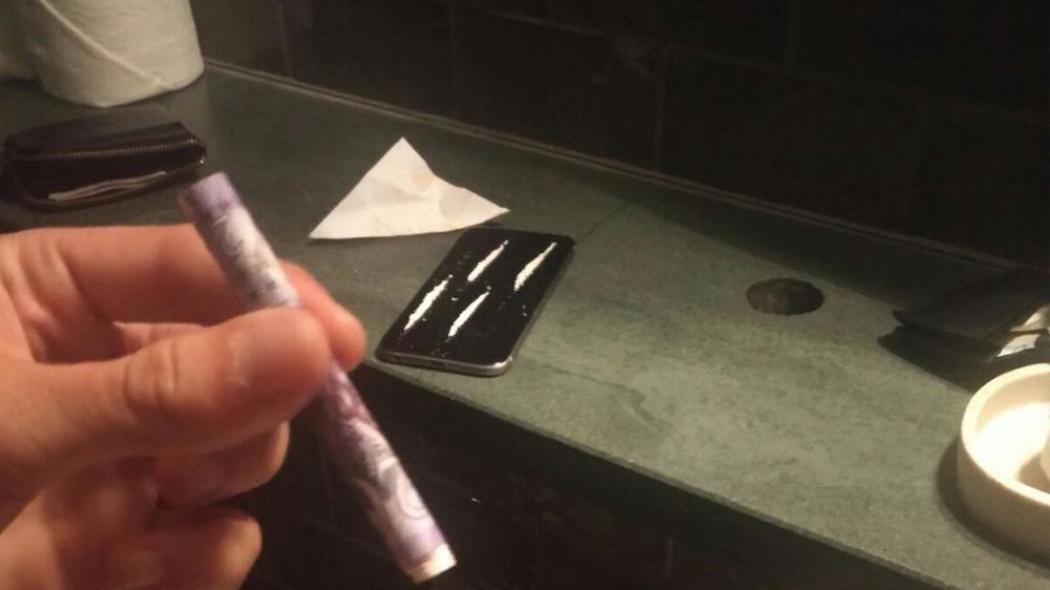New data from The Global Drug Survey (GDS) has lifted the lid on the planet’s drug and alcohol consumption habits during the first few weeks of lockdown.
This objectively baffling period has been punctuated by stories of increased retail alcohol sales, an uptick of cannabis darknet transactions and cocaine “flooding” into Europe. Along with research suggesting those with addiction disorders face heightened risk during Covid-19, the world seemed potentially fraught with pitfalls for the globe’s booze and narcotic aficionados.
Videos by VICE
Fortunately, the GDS statistics reveal that while many people have increased their usage, others have seized the chance to rein in their vices and are already basking in the glow of their lockdown life choices. Here’s a summary of these interim results, the first numbers released from a report that that will be fully published in early July, and gleaned from a sample base of around 40,000.
The Global Drug Survey is anonymous and open until the 20th of June. Take part here.
ALCOHOL
The report’s initial findings raise some red flags: 31.4 percent of global respondents reported drinking earlier in the day, while 30.5 percent have increased their drinking days a little, with 13.5 percent reporting “a lot”. 16.2 percent have also increased the days they drink five drinks or more, with 7.2 percent stating their binging days have increased substantially. The most commonly given reasons for increased imbibition are – unsurprisingly, for a period during which the majority of the planet was kept inside, often in isolation – more time to drink and accumulated boredom.
But positives reveal themselves and solutions abound for our collective booze consumption. Take the UK: while its reputation as a souse’s paradise remains secure, with a placing in the top three countries for every alcohol-related parameter, 27.7 percent of 1,100 respondents reduced their days of drinking, while 35.9 percent had lowered their binging. 61.3 percent of these subsequently reported a positive financial effect (hardly surprising in a country where the £18 pint exists) and 46.7 percent experienced better physical health.
“There’s been a lot of social media normalisation of drinking during lockdown, and the perception can be that everyone is doing this,” says Adam Winstock, founder of the Global Drug Survey. “But it’s not the case. You don’t have to follow the herd.”
It’s a message particularly worth heeding for the 39.4 percent of UK drinkers (25.3 percent globally) who have drunk to assuage their frankly understandable anxiety. “Alcohol is a terrible way of managing anxiety – particularly heavy drinking,” says Winstock, suggesting that anyone who wishes to amend or analyse their drinking should download the Drinks Meter app.
CANNABIS
Twelve-thousand people responded to the GDS questions about cannabis, with 40.9 percent reporting increased use of a product containing THC during lockdown. Of these, Australia showed the biggest jump of those reporting a lot of increase: 25.9 percent, followed by the UK (22.7) and Denmark (21.4). The most common reasons for use were time to kill and isolation ennui.
“Drugs that you can likely get hold of easier, and are more commonly used solitarily, are up [in use],” says Winstock. While he acknowledges the appeal of weed if you’re bored at home, caution should be heeded in regards to its potential effect on your lungs when smoked with tobacco, as the 2017 GDS Survey found that up to 90 percent of Europeans do: “You don’t want anything that impairs your respiratory function now. Get a vape or buy some cookies.”

COCAINE AND MDMA
Of the 5,000 global respondents for cocaine, 39.4 percent had decreased their use, with 12.7 percent increasing and 45.6 percent staying the same. Encouragingly, the UK – where Bristol and London are the recently anointed “cocaine capitals” of Europe – recorded the largest numbers of respondents reducing their use by a lot: 37.1 percent.
The global numbers for MDMA are virtually the same as coke: 41.6 percent, 12.7 percent and 45.6 percent respectively. As well as suggesting a mooted drugs drought hasn’t occurred, their reduced use shows just how important friends and setting are to so-called party drugs: the top reasons given for reducing intake of both were “less occasions to use the drug” and “less contact with people who I use the drug with”.
“We know from previous data that most people taking these drugs are doing so ten to 15 times a year. Now they’re probably thinking, ‘If I can’t go down the pub with my mates and have couple of lines, or go to the club and drop a pill, then I’m not going to bother,” says Winstock.
BENZODIAZEPINES
Globally, 2,000 people responded about benzodiazepines. 35.2 percent said their use had increased, with France showing the highest number of users (16.1 percent) reporting that their increase had used a lot. Globally, 63.2 percent of these said that their reason for taking more was heightened anxiety.
“Benzodiazepines are lots of things to different people,” says Adam. “Their efficacy as a long-term strategy for managing anxiety is poor, and misuse and dependence are a real concern, especially given withdrawal is protracted and potentially life-threatening.”
The Global Drug Survey is anonymous and open until the 20th of June. Take part here.




